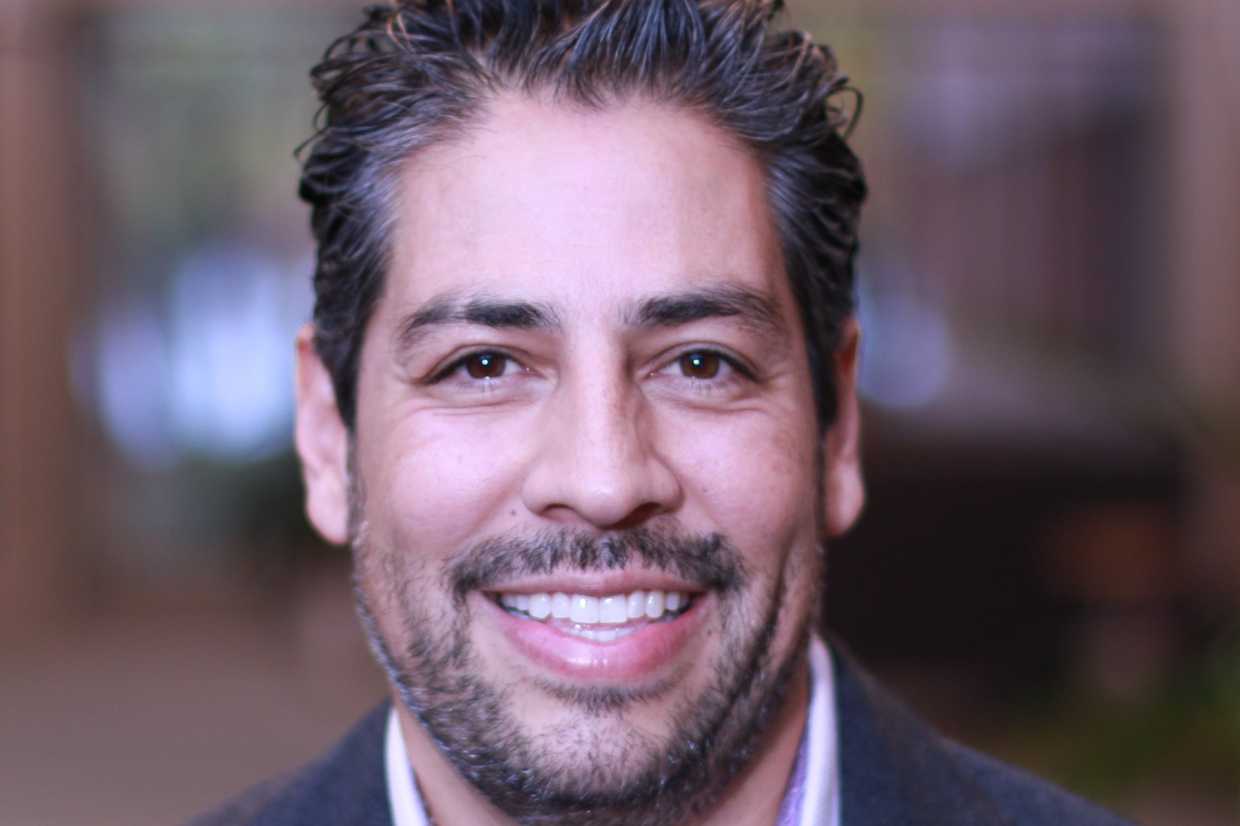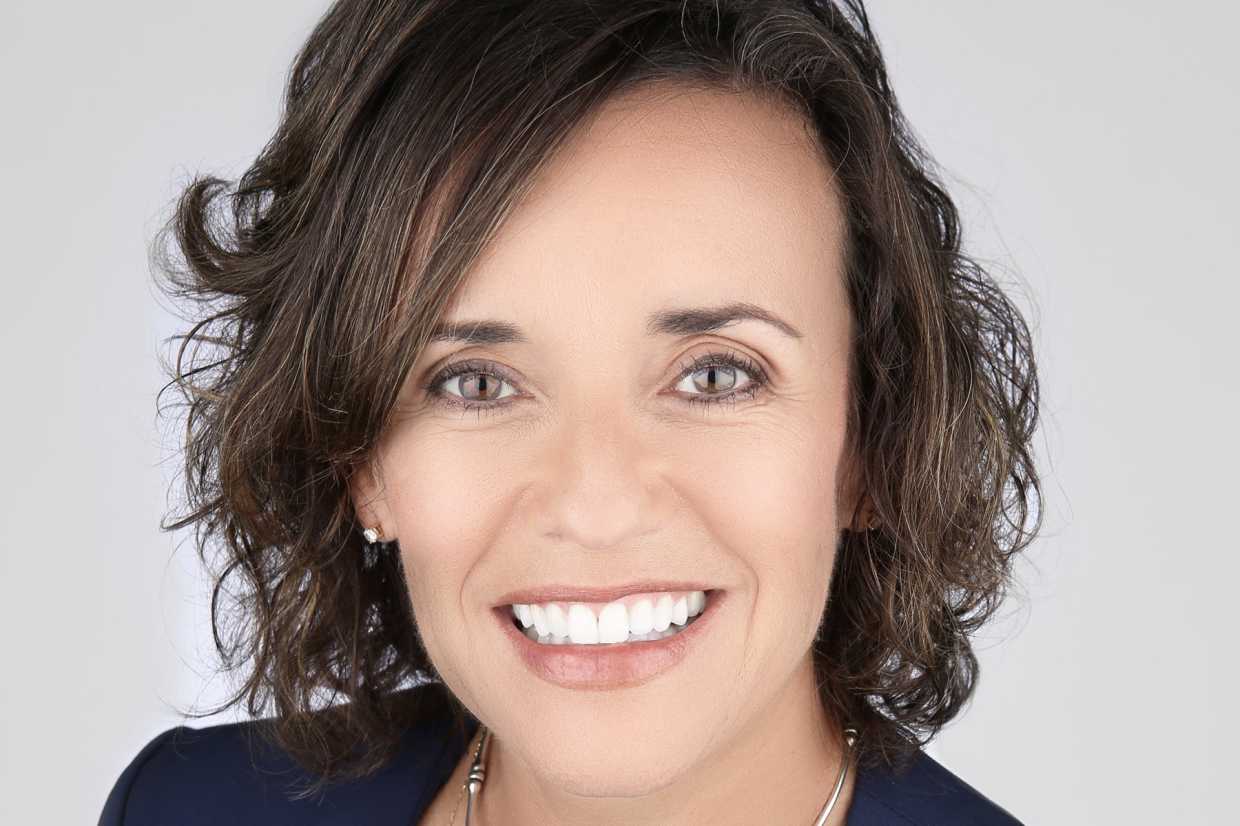Two events influenced Schneider Electric CIO Elizabeth Hackenson to distribute more decision-making authority throughout the company’s IT organization. “During the pandemic we needed to have people make as many local decisions as possible,” which she says was essential to keep operations moving across the 100 countries in which the company operates. More importantly, the company’s push toward digital transformation required that IT speed up its decision-making processes. Schneider Electric’s IT organization achieved that goal by reducing the layers for technology- and budget-related approvals, and by trusting managers and staff to make as many of those decisions as possible within the company’s “delegation of authority pathways” framework.
Royal Caribbean Cruises, which was forced to shut down for 18 months during the pandemic, initially went the other direction, pulling back sharply on decision-making authority. “We shortened the leash on the duration of decisions and how far out we wanted to make them,” says CIO Martha Poulter. Today, however, the company has a framework in place for delegating more technical and spending-related decisions, and most decisions now happen at a more junior level. “The point is not to slow down teams, but to have ongoing, quick governance,” she says.
What’s unusual is that these organizations are delegating more financial as well as technical decisions, says Daniel Sanchez-Reina, VP and analyst at Gartner. “CIOs tend to only delegate technical things,” he says. “Financial things are a pending subject for most CIOs.” During the pandemic, the delegation of decision-making authority increased in many organizations, but in most cases, final approvals for financial decisions remained centralized. That hesitance to delegate, combined with complex, multi-layered approval processes, slows organizations down, frustrates employees, and creates approval bottlenecks.
That’s a problem when you’re digitizing the business, says Joe Atkinson, chief products and technology officer at PwC. “There’s a heavier reliance on IT organizations to deliver digital transformation, and an expectation of speed,” he says.
CIO hesitance to delegate—particularly when it comes to financial decisions—often stems from fear of failure from bad decisions and loss of control. But Sanchez-Reina says, “The CIO doesn’t have to make all the financial decisions, especially if they’re not critical things that make a sustained difference for the future.” They just need visibility.
Giving up control: rewards outweigh the risks
The benefits of greater delegation include an increase in the velocity of decision making and an increased sense of ownership and accountability, says Cisco Sanchez, SVP and CIO at Qualcomm, which has been increasing the pace of delegation. “The quality of work has improved and the culture of our teams is stronger,” he says, adding that delegating more decision-making authority gives potential leaders in the organization an opportunity to demonstrate their abilities and rise up in the ranks. “When you release control you get more back,” he says.
As for downside risk, he says, “I’d rather have a decision be made and it be the wrong one than to have no decision at all because that reduces our speed and agility.”

Cisco Sanchez, SVP and CIO, Qualcomm
Qualcomm
CIOs can take steps to minimize the risks of delegated decisions resulting in bad decisions by ensuring that the people to whom the IT organization delegates have the right skills and expertise, as well as an understanding of overall business goals and the architectural frameworks into which their decisions must fit.
Perhaps the biggest concern is around cyber security, says Atkinson. “When you distribute decision making for the launch of technology environments, you risk having under-managed environments for cyber security purposes,” he says. CIOs can address this by establishing standards and encouraging more collaborative decision making.
Royal Caribbean’s Poulter sees teamwork as an essential component of risk reduction. The security team is just one participant in a decision-making team that should include application, architecture, infrastructure, and other experts, she says. Giving teams the autonomy to come together to make cross-domain decisions is hugely important.
There’s also the risk that the person you’ve deputized will make a decision for the wrong reasons, such as since they’re familiar with a technology, they can therefore move faster, says Atkinson. “But they don’t appreciate the impact of that decision downstream,” he says. “That understanding of end-to-end experience is why CIOs tend to keep decision-making power.” While the risks are worth the rewards when it comes to delegating such authority, you need to prepare managers and staff before proceeding. “Don’t move into a distributed decision-making model without providing the right guidance to your team or you’ll be taking a higher risk,” he says.
Ultimately, says Gartner’s Sanchez-Reina, the benefits of delegating more outweigh the risks because doing so allows CIOs to focus on more strategic business goals. “You must allow people to fail at the risk of the CIO’s reputation because the risk of not meeting the CEO’s expectations is always higher.”
Poulter adds that the question isn’t about having a risk-free environment. “It’s about having clarity on our risk appetite and having our leaders and individuals understand their decision rights,” she says.
Execute: set decision frameworks and policies
To support distributed decision making, most CIOs have a framework or set of guard rails to help subordinates make good decisions. Qualcomm’s Sanchez sets spending limits for financial decisions at different management levels, for instance.
“We also do tons of training,” he says, as well as backing up individuals so if they’re unsure, they can “pull the ripcord” to get help. But the need to do that happens less frequently as empowered decision makers become more comfortable, he says. “We ensure that people understand the guidelines, where the bumpers are, and when to ask for assistance,” he adds. “We want them to feel confident they can make decisions and we have their backs.”
Poulter also puts guardrails on decision making based on size of spend at Royal Caribbean, and differentiates between more easily delegated “micro decisions,” like deciding on product features, versus “macro decisions” where the impact is at a bigger scale or has a broader impact on the company. She also considers long-term ramifications of the decision for the organization. “Are there architectural issues, what is the technical impact, are we creating efficiency?” she says. “Those are the areas where we have leadership eyes.”

Martha Poulter, CIO, Royal Caribbean Cruises
Royal Caribbean Cruises
Within its framework, Royal Caribbean doesn’t try to micromanage. “Instead of creating policy around decision making, we’ve tried to create visibility,” she says. The leadership team weighs in at the beginning of a project but in many situations, it doesn’t tend to get involved in approvals after that. “After that initial conversation, we establish if there needs to be a cadence of additional check-ins from there,” she adds. “How far can they get down the track before we ought to be checking in again.” If it’s a higher risk project, they may check back on it, Poulter says, but in many cases, they trust the teams to move forward on their own.
Schneider Electric has a firmer structure and Hackenson has set decision pathways that everyone must follow. “We have clear rules about architecture, vendors, and strategic partners,” she says. “We try to set expectations and options, and as long as they stay within the options, I don’t get involved.” Schneider also has given more authority to what Hackenson calls “power couples,” when an IT expert pairs with someone from business operations or another business function.
Initially, Hackenson and other executives retained ongoing oversight for key decisions for those projects. But because they weren’t involved in the day-to-day details, much of the time in those monthly or quarterly check-in meetings was spent getting leadership up to speed instead of making decisions.
“We were slowing them down,” she says, so the executives decided to trust the power couple’s team to make those decisions. “That was the first time in my career with such a large program that I decided to back away, but it was the right decision,” she says. “People are happier, it’s about empowerment for them, and they feel more accountable because it’s their decision.”
Delegate more, but be smart about it
Most CIOs expect to see continued growth in their budgets as digital transformations develop, PwC’s Atkinson says. “They’re going to have to delegate more because their scope and span of control continues to expand.” The question is how to achieve the benefits of more distributed delegation of technical and financial decisions, which include faster decision making, more agile and engaged teams, and a greater sense of responsibility and accountability, while minimizing and accepting the risks.

Elizabeth Hackenson, CIO, Schneider Electric
Schneider Electric
“The hardest thing for a CIO to do is to learn to let go and let people do their jobs,” says Hackenson. “You feel you have to control every decision but you get to the point where you can’t.”
Reducing downside risk means having a clear decision framework in place, establishing technical and financial decision boundaries, and maintaining visibility into the technical and financial impacts of delegated decisions. “Create a decision-making chart not only for technical things but also for the financial decisions,” says Gartner’s Sanchez-Reina. “If you have five, six levels of management, each level must have its own policy.” But it’s not just leadership you should focus on when delegating decision-making authority, says Qualcomm’s Sanchez. “It starts at the top, but you have to push it all the way down to the bottom if you want maximum speed,” he says, adding just make sure the people you’ve empowered understand the mission and are communicating effectively with the rest of your team, and “Identify the risks you don’t want anyone else to take,” he says. “Focus on where you need to drive the business forward and delegate the rest because they’ll make the better decisions.”
CIO, Digital Transformation, IT Leadership
Read More from This Article: Delegation: The biggest test for transformational CIOs
Source: News

